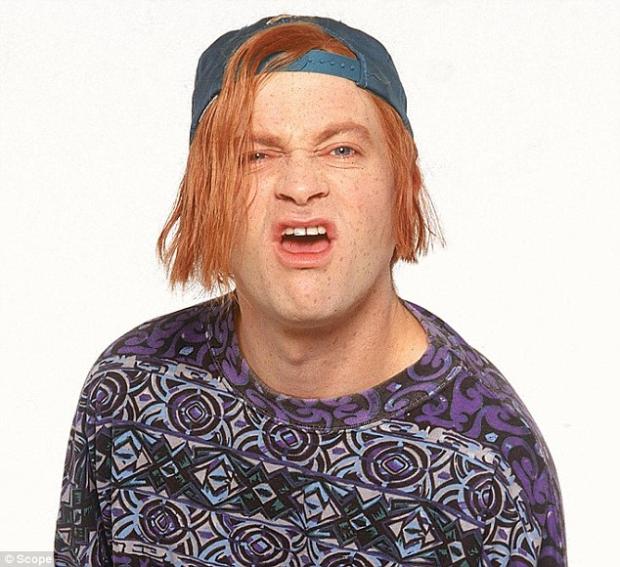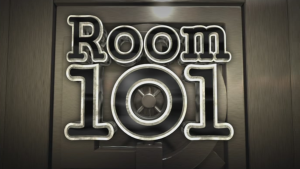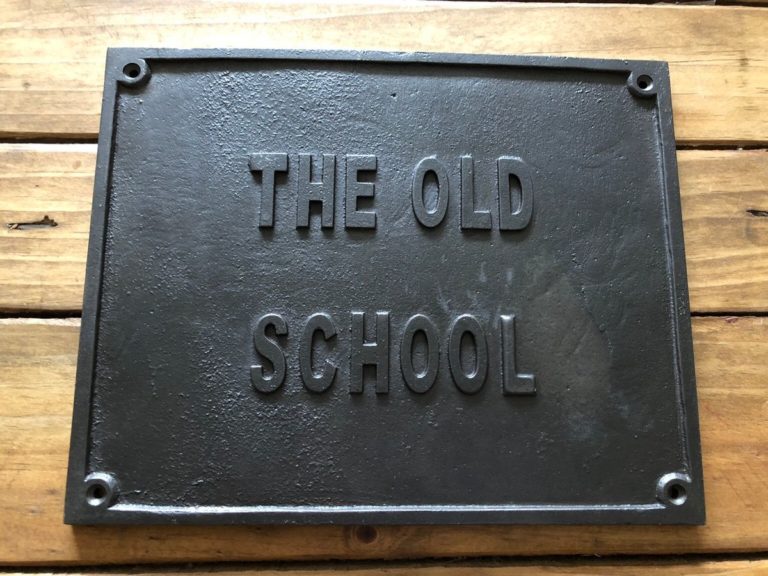Some words and phrases we didn’t know at the start of the year: Covid-19. Covidiot. R number. Super-spreader. Flattening the curve.
Of course, you’d expect something as big as a global pandemic to have an effect on language as well as on life. But what’s interesting from a linguistic point of view is that as well as introducing new expressions, the pandemic has changed the meaning of a number of terms we already knew and used. It’s as if the words have been repurposed, like the ExCel centre in London being converted into a Nightingale hospital.
A few examples:
Corona: Also the name of a beer, but the word always takes me back to my youth, when the Corona lorry would drive around our council estate delivering bottles of fizzy pop.
There was also an ad campaign for Corona featuring cartoon bubbles – which looked not dissimilar to some of the graphics being used to illustrate the virus.
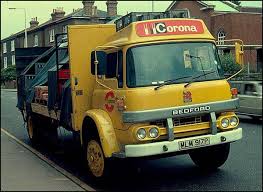
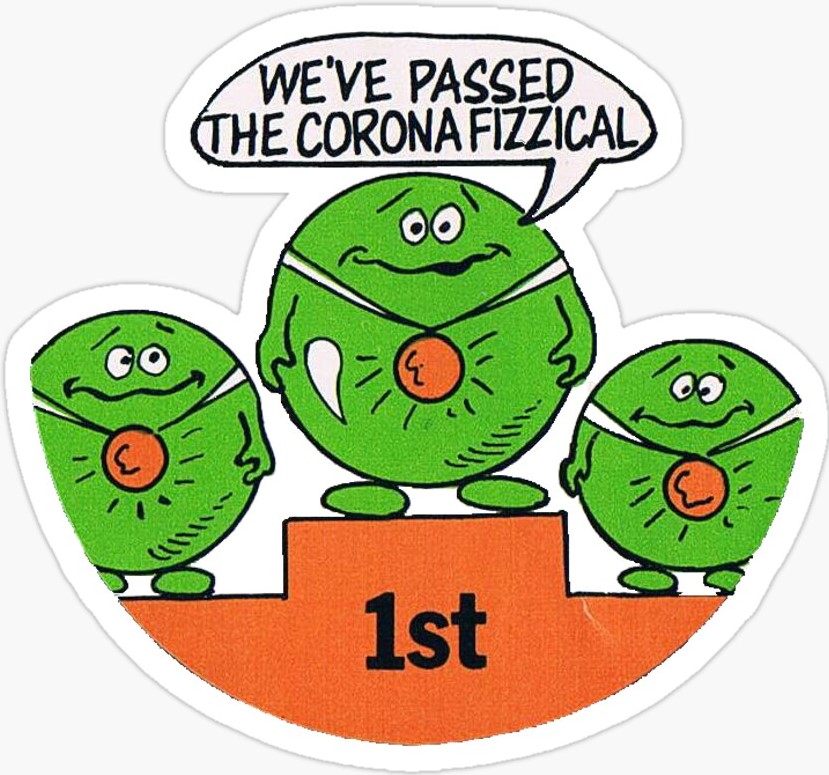

Furlough: A word I hadn’t heard since the last time I watched the Phil Silvers Show. Bilko and his buddies were always looking forward to their next furlough – or soldiers’ leave.
PPE: The Philosophy, Politics and Economics course at Oxford University has produced a number of prominent politicians, but probably wouldn’t offer much protection on the frontline. Speaking of which…
Frontline: Used to be a battlefield term, but now refers to hospitals and care homes. Often employed to invoke the famous ‘Blitz spirit’, but whether it’s helpful to draw parallels between war and health care, I’m not sure.
Key Workers: Those performing essential jobs – which doesn’t seem to include the workers who cut keys in Timpsons, funnily enough.
Social Distancing: Formerly a detrimental mental health term, referring to people unable to connect with society – but now something we should all be doing to preserve our physical health.
Bubble: Formerly a detrimental term for a closed-off, out-of-touch community (e.g. ‘the Westminster bubble’) – but now a closed-off, trying-to-stay-safe group of people.
Zoom: No longer just a synonym for ‘whoosh’, but a video conferencing platform which has suddenly become very popular. Responsible for my wife constantly singing Aretha Franklin’s Who’s Zoomin’ Who? around the house.
Lockdown: Previously used to refer to emergency security measures inside a prison. Oh, and for unclear reasons by the boyband Blue in Fly By.
During this period, the shift in the messaging coming from the Government has also been interesting to watch. It started very clear and strong, as you’d expect from a Government which effectively came to power on the back of effective slogans (‘Get Brexit Done’, ‘Take Back Control’). There was no mistaking what ‘Stay Home, Protect the NHS, Save Lives’ meant.
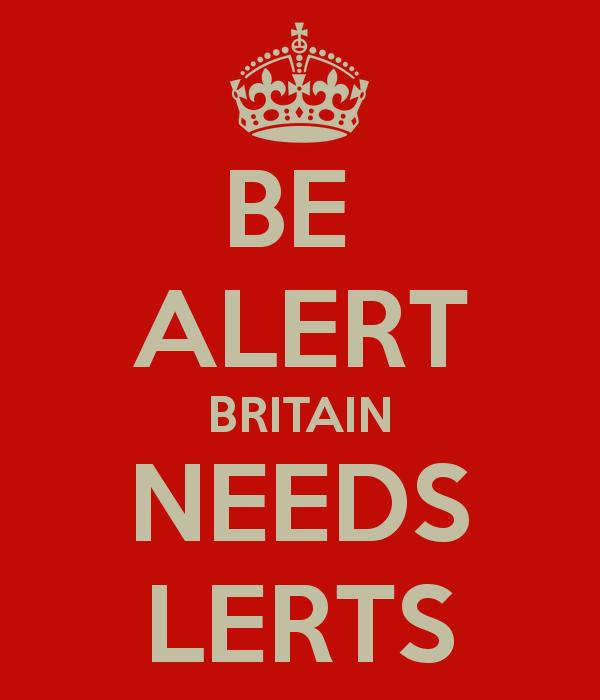
But with the progression to ‘Stay Alert’ – which revived a very old joke, as seen on the poster to the left – the situation became less clear and there was a noticeable increase in the number of people out and about. (Not necessarily looking alert.)
The individual interpretation of ‘essential travel’ and ‘exceptional situation’ used by Boris Johnson’s advisor Dominic Cummings to justify a 260-mile car journey also served to loosed discipline. And with the public also noticing the disconnect between the constant bullish pledges to ‘ramp up’ everything from testing to sourcing PPE and the reported shortfalls in these areas, could it be that the Government is losing its touch in matters of communication? Watch this space.
The pandemic has inevitably affected visual language too. Any scenes on TV showing closely-packed crowds now seem to be accompanied by a caption explaining that the footage was shot before lockdown. (As if we couldn’t guess that for ourselves.)
And the shots of people making video calls from home have become ubiquitous – not just during TV programmes, but also during the ad breaks. Lockdown ads have largely fallen into three categories: Zoom-style ads, montages of news footage, and simple animation (the latter presumably produced by one person working alone in a room).
I’m pleased to report that one exception was this spot I wrote for the Daily Mail’s online quiz competition.
I wasn’t at the shoot – in fact, hardly anyone was, to maintain social distancing. But given the absence of the usual lighting and make-up people, I think it works pretty well.
As production of ‘normal’ TV ads resumes, this spot will no longer seem unusual. But in the context of the circumstances in which it was made, I think it’s a decent achievement.
